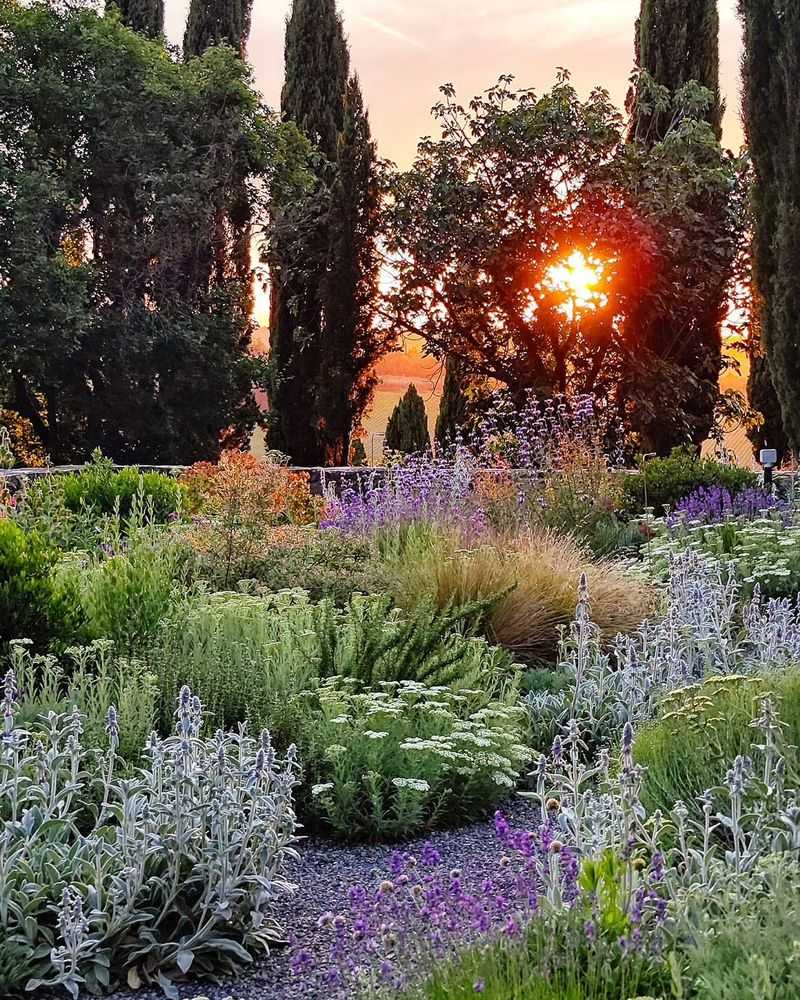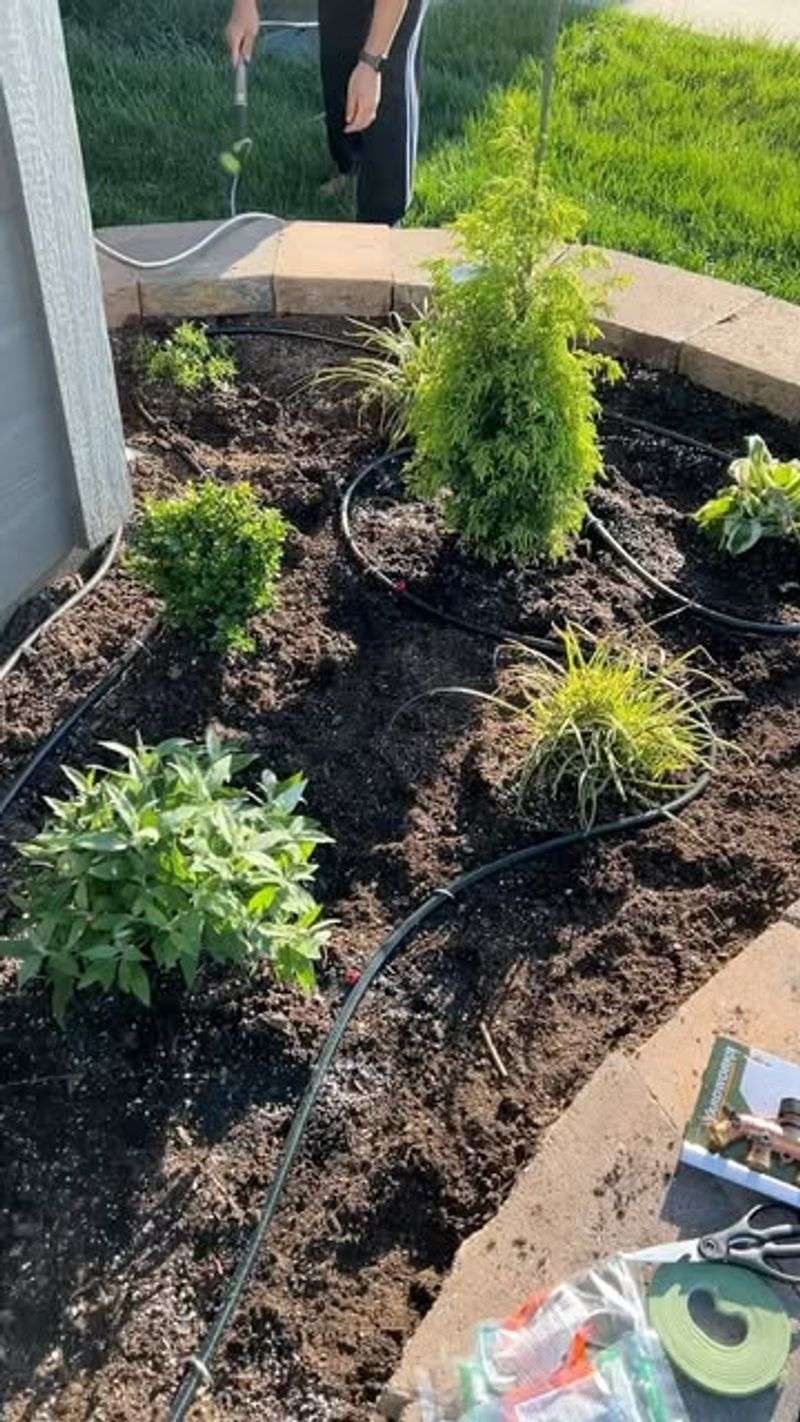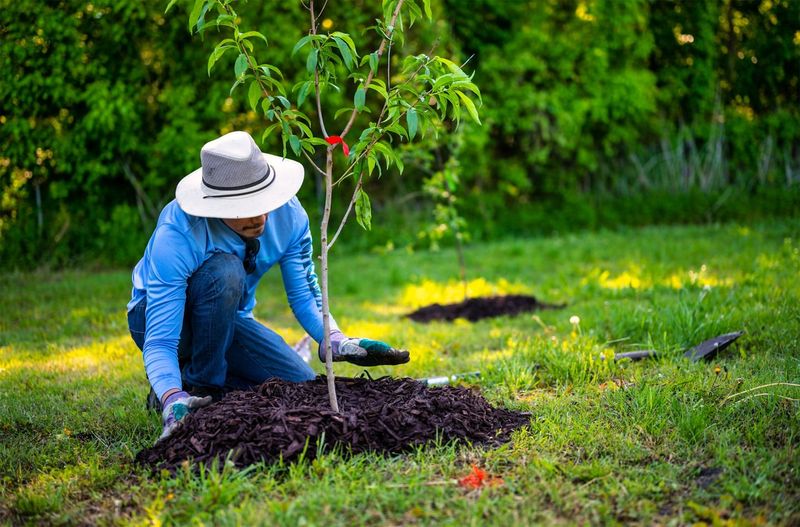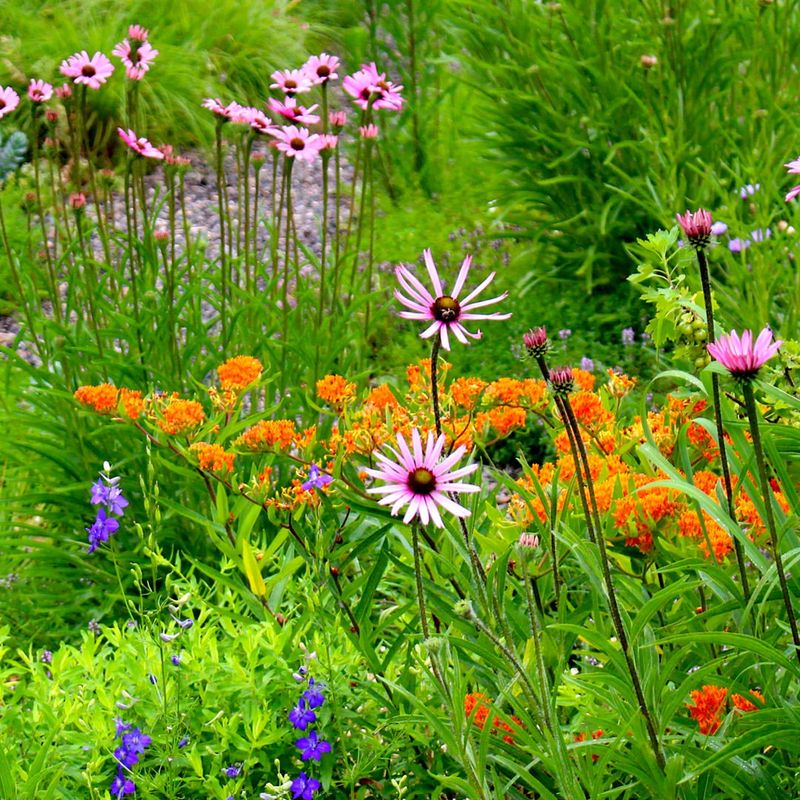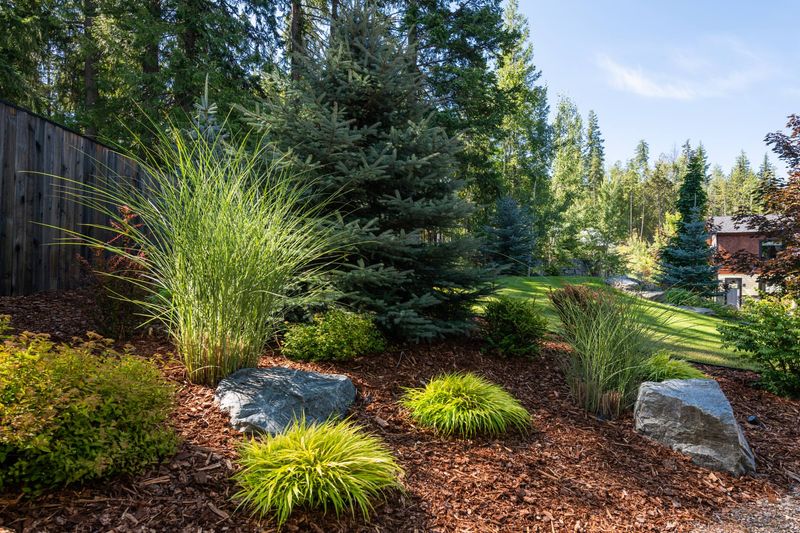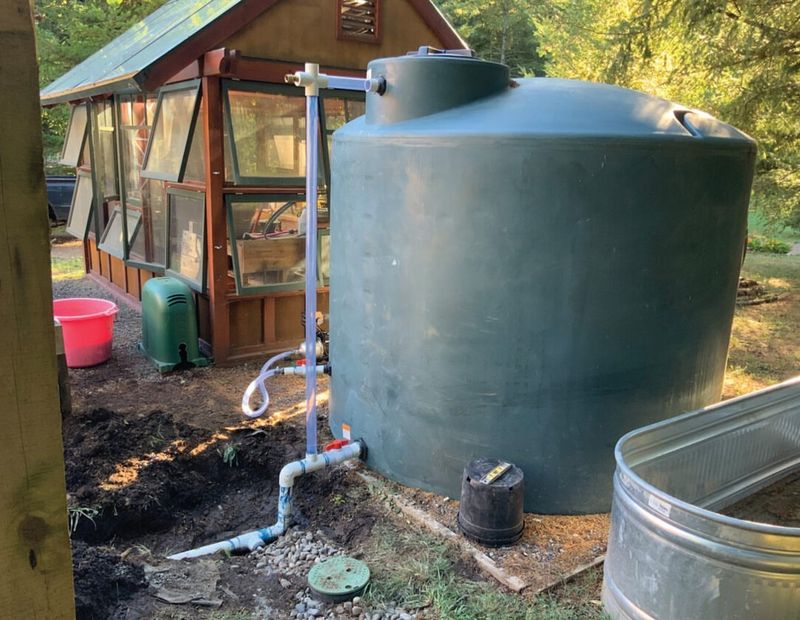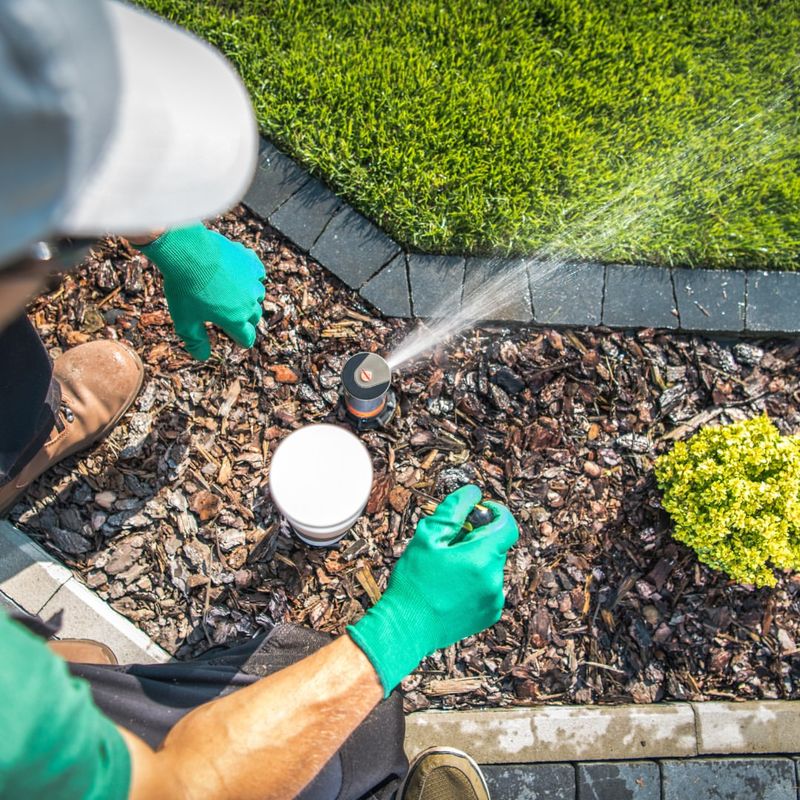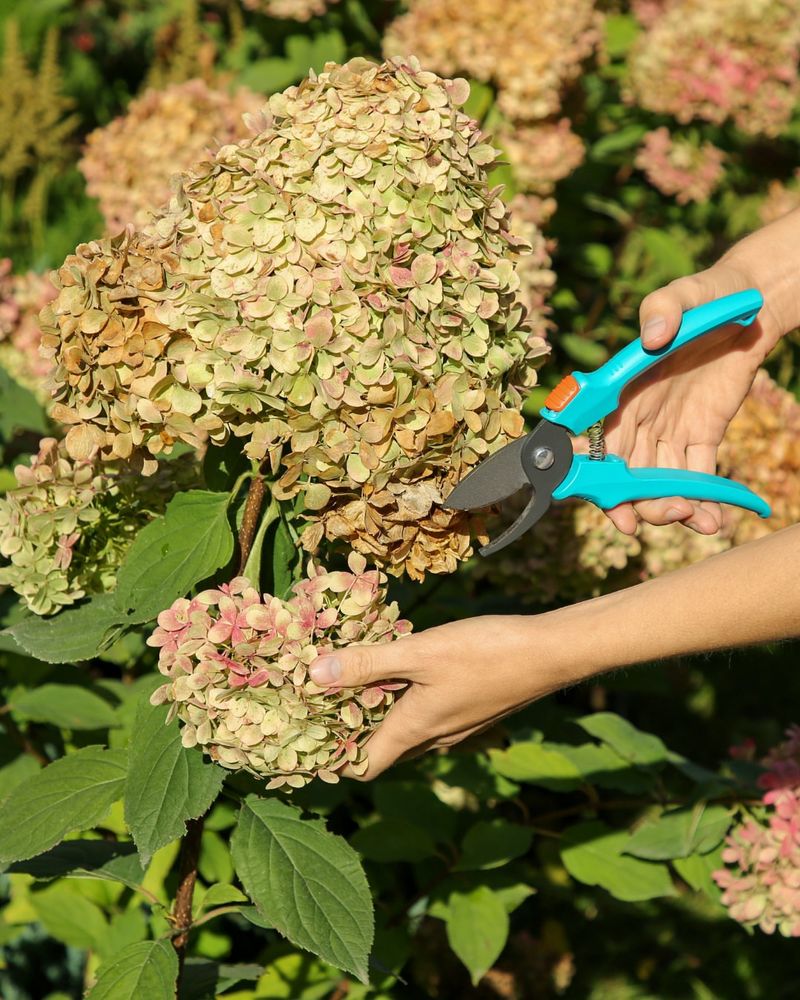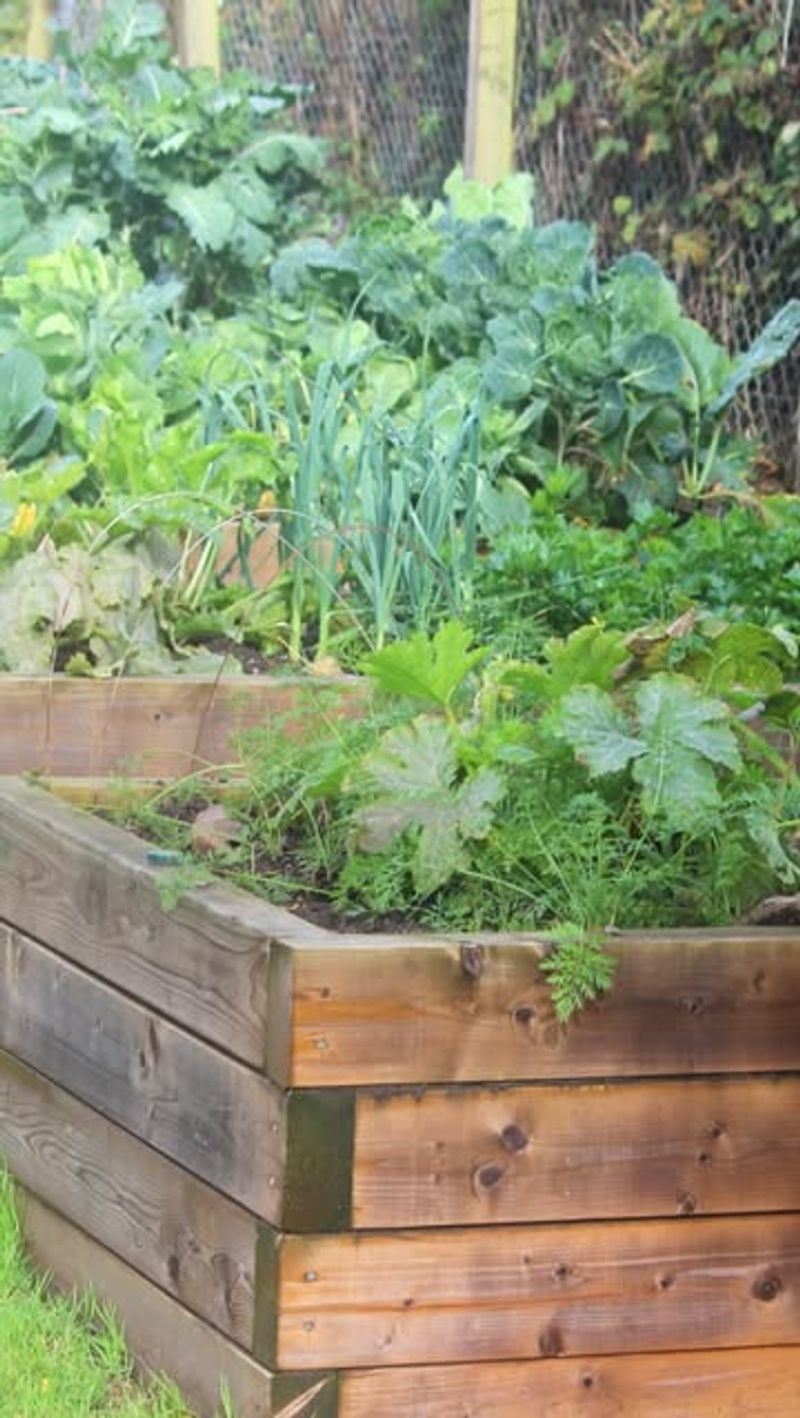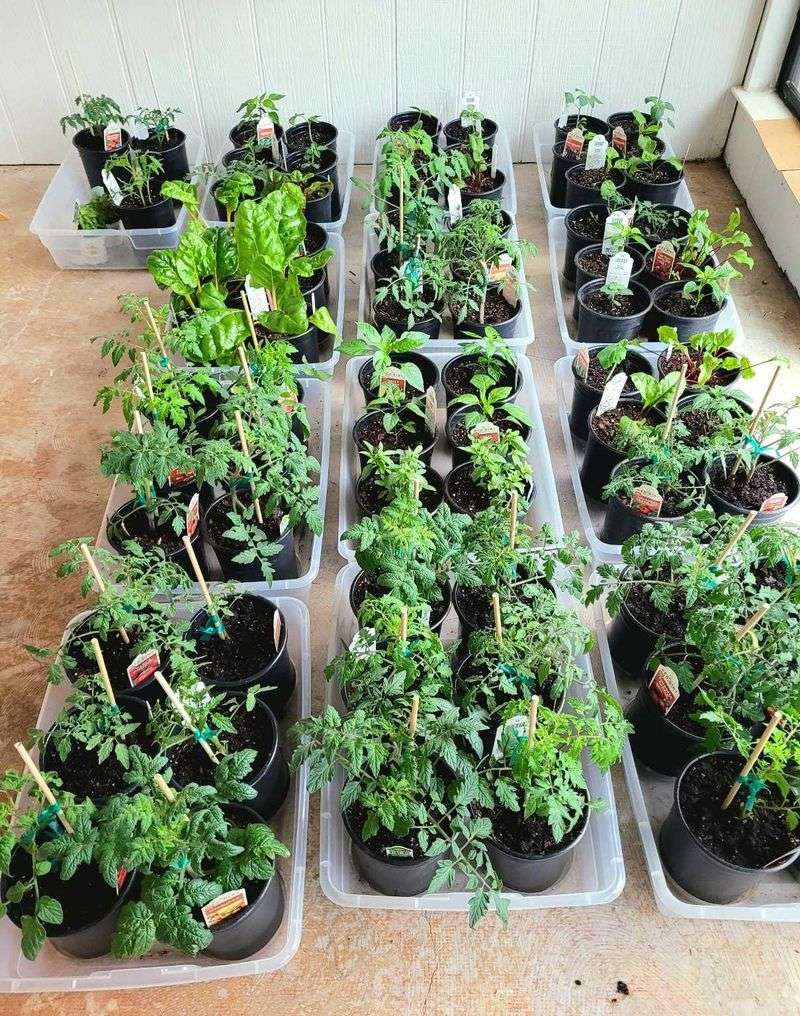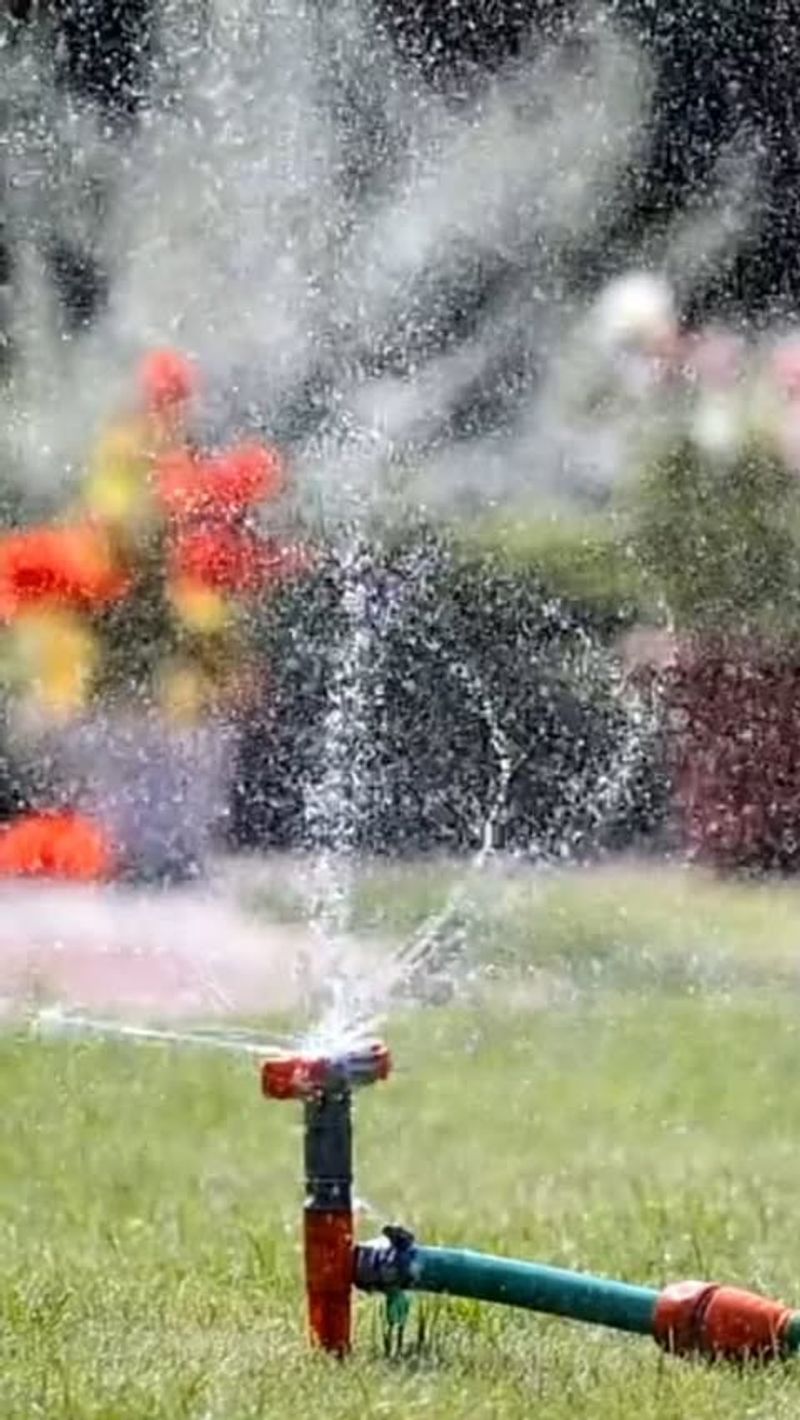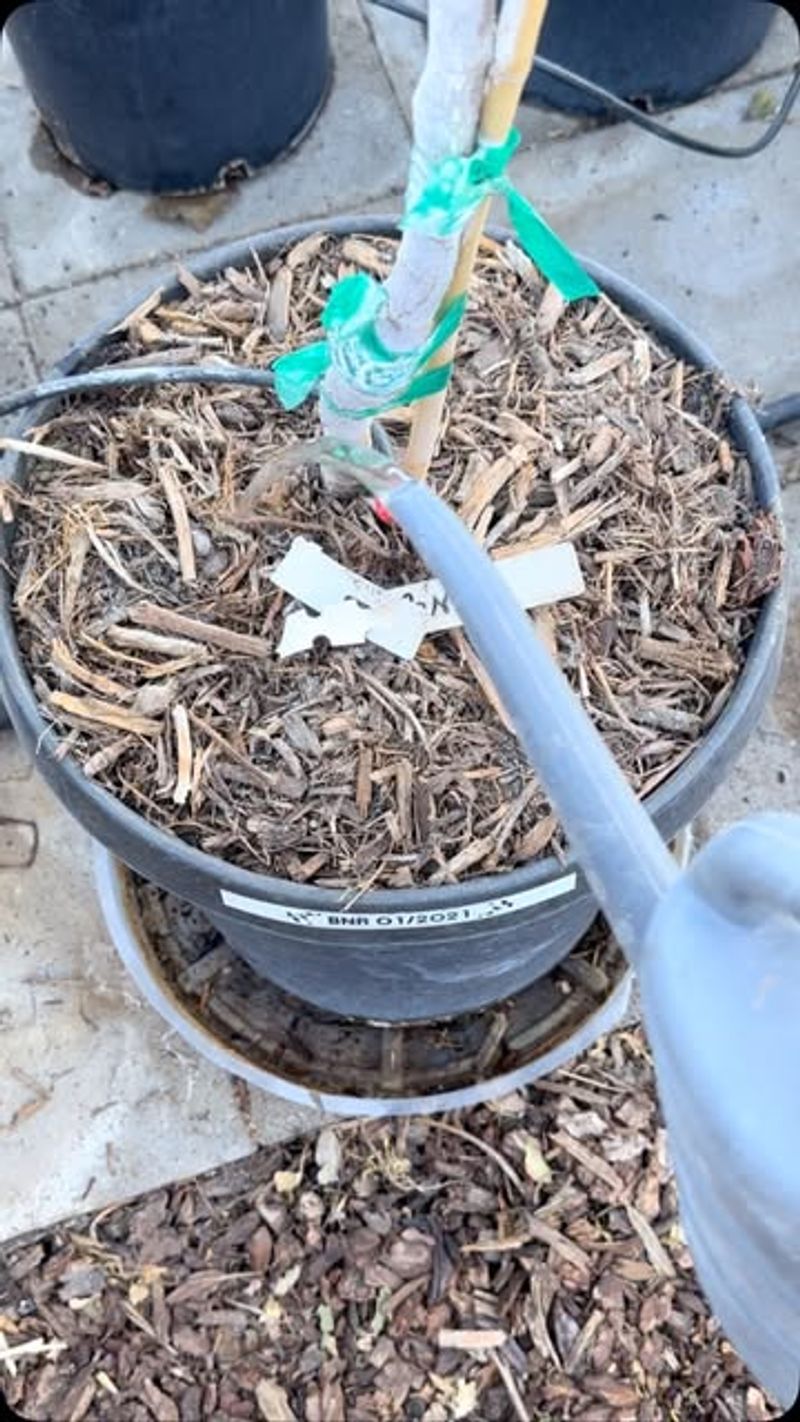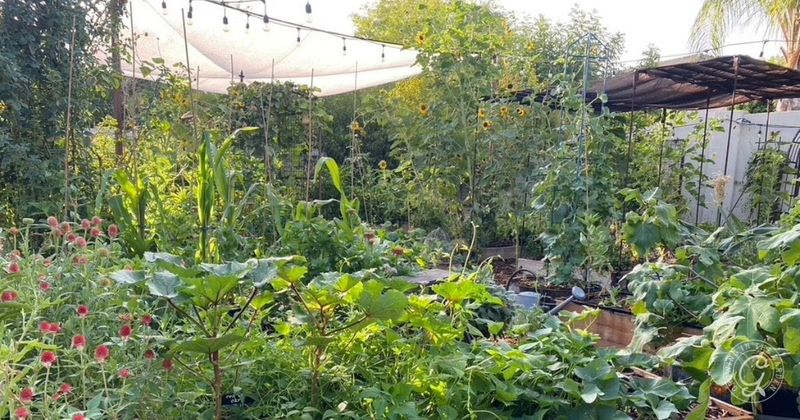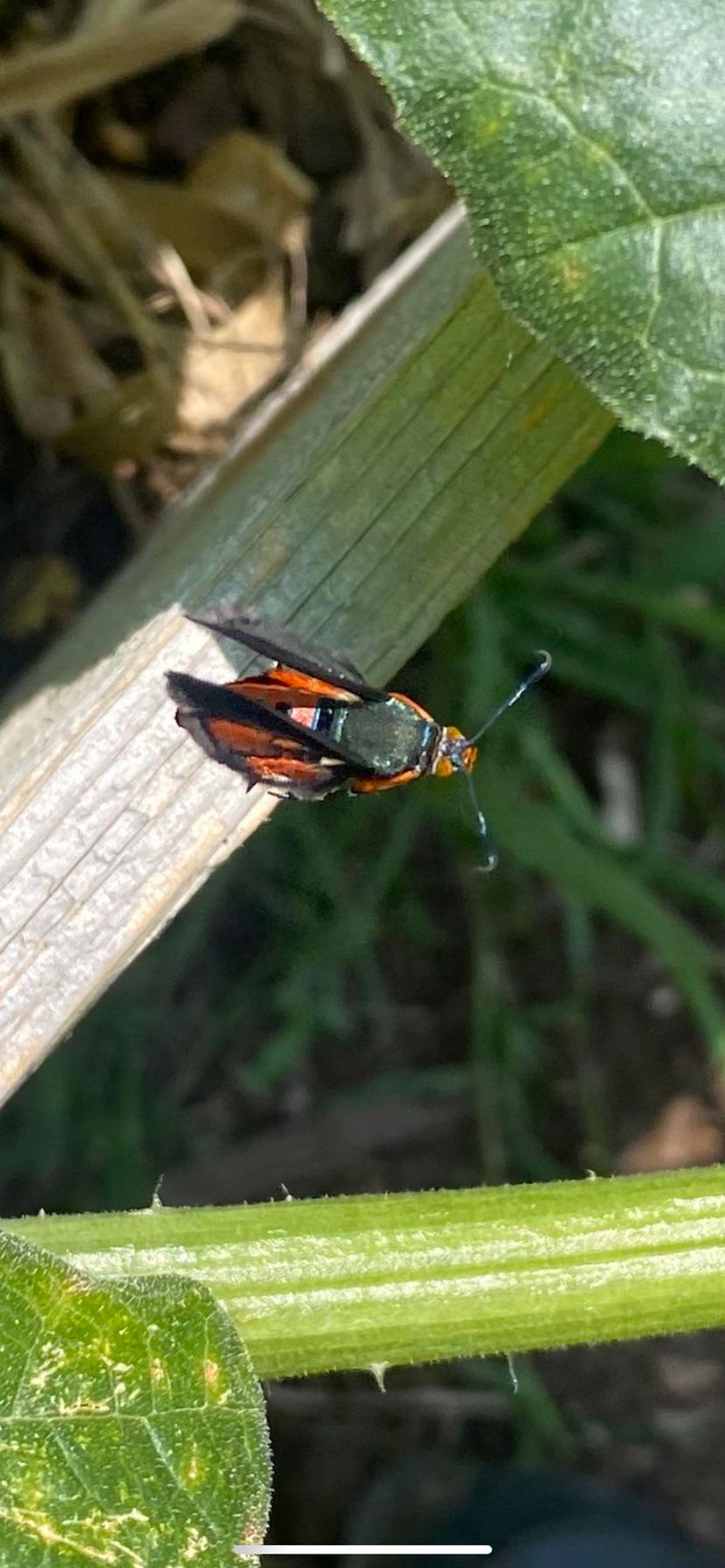Arizona summers bring scorching temperatures that can devastate even the toughest plants in your garden. When the mercury soars past 110°F, your precious greenery needs special attention to survive and thrive.
These practical gardening strategies will help protect your outdoor space during extreme heat while conserving water and energy.
1. Water Before Sunrise
Early morning watering gives plants time to absorb moisture before the day’s heat evaporates it away. Aim to finish irrigation by 6 AM when possible, allowing roots to soak up hydration when they need it most.
The cooler morning temperatures mean less water loss through evaporation, making your irrigation up to 30% more efficient. Plants watered early also dry out during the day, reducing fungal disease risks that come with wet foliage overnight.
2. Install Drip Irrigation
Drip systems deliver water directly to plant roots, dramatically reducing waste from evaporation and runoff. The slow, steady moisture application encourages deeper root growth, creating stronger plants that withstand heat stress better.
Modern drip kits connect to timers for automated watering schedules that maintain consistent soil moisture. For about $50-100, you can set up a basic system covering several garden beds – an investment that typically pays for itself within one Arizona summer through water savings.
3. Apply Thick Mulch Layers
Spreading 3-4 inches of organic mulch around plants creates a protective barrier between scorching sun and vulnerable soil. Good options include shredded bark, straw, or compost – materials that break down gradually to enrich your garden.
Mulch keeps soil temperatures up to 10 degrees cooler while slowing moisture evaporation dramatically. As a bonus, this natural blanket suppresses weeds that would otherwise compete with your plants for precious water during heatwaves.
4. Create Shade Structures
Temporary shade cloth suspended above vulnerable plants can reduce temperature stress during the most brutal heat spells. Look for 30-50% shade fabric that blocks just enough sunlight without creating dark conditions.
Even heat-loving vegetables like tomatoes and peppers benefit from afternoon shade when temperatures exceed 100°F. Simple PVC frames or repurposed patio umbrellas make affordable solutions for small gardens.
Position shade to block western exposure particularly, as afternoon sun delivers the day’s most intense heat.
5. Switch to Native Plants
Desert-adapted natives have evolved perfect strategies for surviving Arizona’s harsh conditions. Plants like brittlebush, desert marigold, and penstemon thrive with minimal water once established.
Native plants typically need just 25% of the water required by non-native ornamentals. Their deep root systems tap into soil moisture others can’t reach during drought periods.
Local wildlife benefits too – native plants support pollinators and birds that have co-evolved with these species for centuries.
6. Group Plants By Water Needs
Hydrozoning means organizing your garden so plants with similar water requirements grow together. This smart strategy prevents overwatering drought-tolerant plants while ensuring thirsty ones get enough moisture.
Create distinct zones in your landscape – perhaps a minimal water zone for cacti and succulents, a moderate zone for adapted perennials, and a higher-water area for vegetables or special ornamentals.
Each zone gets its own irrigation schedule, maximizing efficiency and plant health during extreme heat.
7. Harvest Rainwater
Arizona’s monsoon season brings valuable rainfall that smart gardeners capture for later use. A basic rain barrel system collects hundreds of gallons from roof runoff during summer storms.
Stored rainwater contains no chlorine or salt, making it ideal for sensitive plants. Simple diversion systems direct overflow into garden beds rather than wasting precious moisture.
Even modest homes can collect significant amounts – a 1,000 square foot roof yields approximately 600 gallons from just one inch of rainfall.
8. Deepen Watering Frequency
Watering deeply but less frequently encourages plants to develop extensive root systems that reach farther into cooler, moister soil layers. Most established plants benefit from thorough soaking once or twice weekly rather than daily light sprinklings.
Deep watering means moistening soil 8-12 inches down where roots can access it during heat stress. Use a soil probe or long screwdriver to check moisture depth – it should slide easily through damp soil.
This approach creates drought-resilient plants that withstand temporary water restrictions better.
9. Prune With Purpose
Strategic summer pruning helps plants conserve energy during heat stress. Remove damaged branches and excessive growth that demands water resources without contributing to plant health.
Contrary to popular belief, light pruning during summer can actually benefit some plants by reducing their water needs. Focus on removing crossing branches, water sprouts, and spent blooms.
Save heavy pruning for cooler seasons, but don’t hesitate to remove obviously struggling sections that drain a plant’s limited resources during heatwaves.
10. Consider Container Mobility
Potted plants offer flexibility during extreme heat – they can be moved to protected locations as needed. Choose light-colored, thick-walled containers that insulate roots from temperature fluctuations.
Place wheeled platforms under larger pots to make relocation easier when heat warnings strike. Double-potting provides extra insulation – place your planted container inside a slightly larger empty one with space between.
Remember that containers dry out faster than ground soil, so check moisture levels daily during heatwaves.
11. Add Organic Matter Regularly
Soil enriched with compost holds significantly more moisture during heat spells. The sponge-like organic material creates pockets that store water where plant roots can access it.
Work 2-3 inches of quality compost into garden beds each spring before summer arrives. This simple step improves water retention by up to 30% in typical Arizona sandy soils.
Organic matter also moderates soil temperature extremes, keeping root zones cooler during triple-digit days and reducing heat stress on your precious plants.
12. Protect New Transplants
Recently planted additions need extra care during heatwaves. Small temporary shade structures using cardboard, plant stakes and lightweight cloth can shield vulnerable newcomers.
Water new transplants more frequently than established plants – sometimes daily during extreme heat. Their limited root systems can’t yet reach deeper soil moisture.
Consider postponing new plantings entirely during the hottest months. Fall and winter are actually ideal seasons for establishing most perennials in Arizona’s climate.
13. Monitor Irrigation Systems
Regular inspection of watering systems prevents disasters during critical heat periods. Check for clogged emitters, leaking connections, or pressure problems weekly during summer months.
Arizona’s hard water quickly deposits minerals that block drip systems. Flush lines monthly and replace damaged components immediately – plants can decline within hours when irrigation fails during heatwaves.
Smart controllers that adjust watering based on weather conditions can reduce water usage by 15-30% while ensuring plants receive appropriate moisture.
14. Time Fertilizing Carefully
Applying fertilizer during extreme heat can actually harm plants by forcing growth when they’re struggling to survive. Hold off on feeding during the most intense summer weeks.
If plants show nutrient deficiencies, use half-strength liquid fertilizers applied in early morning. Slow-release products applied in spring provide steady nutrition without stressing plants during summer heat.
Organic fertilizers like compost tea offer gentler nutrition that won’t burn roots in high temperatures.
15. Create Microclimate Zones
Strategic placement of plants near structures creates protective microclimates. Eastern exposures provide morning sun but afternoon shade, perfect for plants that need some protection from intense heat.
Large rocks store daytime heat and release it slowly overnight, benefiting desert natives adapted to this temperature pattern. Grouping plants creates humidity pockets that benefit everyone in the cluster.
Even small yards can contain several microclimates – observe sun patterns and existing plant success to identify these valuable garden zones.
16. Manage Pest Pressures
Heat-stressed plants attract certain pests that recognize vulnerability. Regular inspection helps catch problems early when they’re easier to manage with gentle methods.
Beneficial insects struggle in extreme heat too, so provide shallow water sources and shelter to support these garden allies. Neem oil applications in early morning help control many common summer pests without harming beneficial insects.
Remember that some leaf damage is acceptable during survival mode – focus on keeping plants alive rather than perfect during heatwaves.


